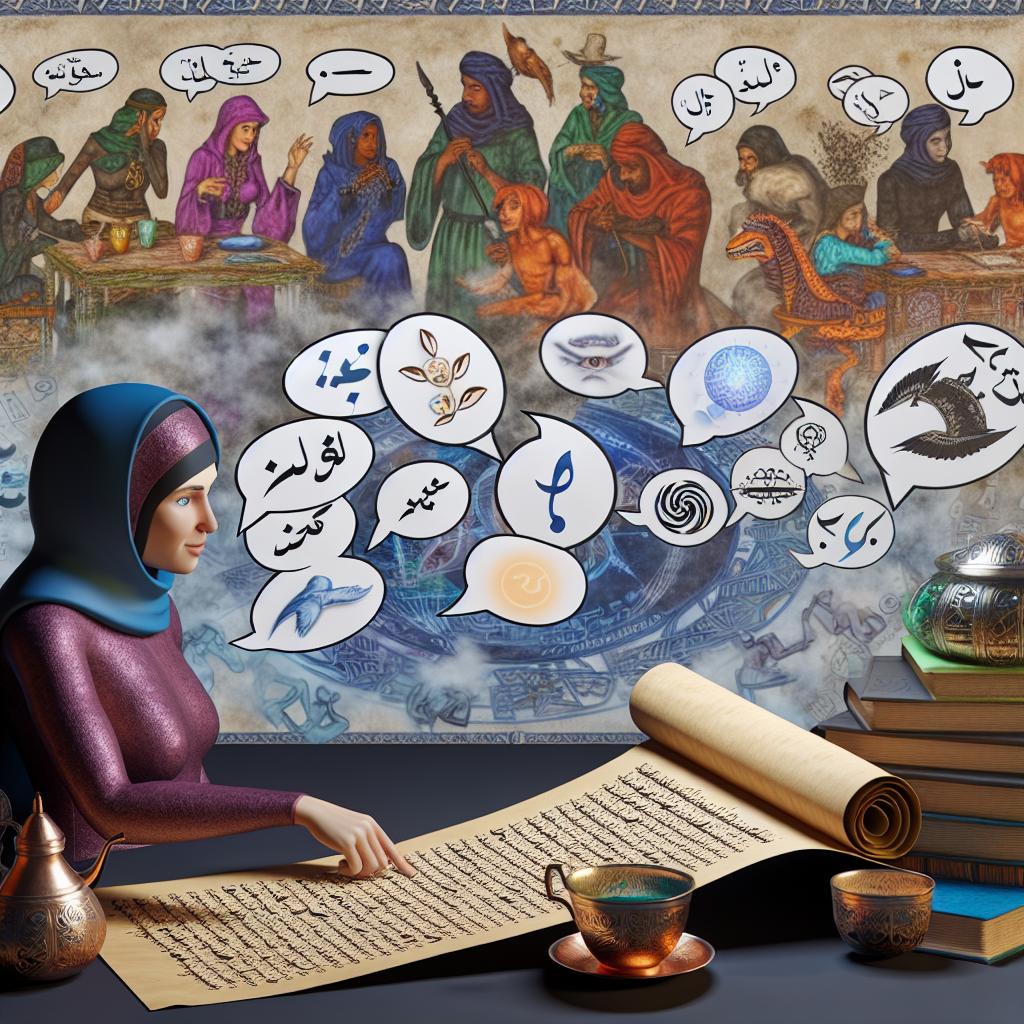The Use of Language and Dialects in Fantasy World-Building

The Importance of Language and Dialects in Fantasy World-Building
In the expansive realm of fantasy world-building, the crafted creation of unique languages and dialects is an essential component that cannot be underestimated. These linguistic elements serve as critical tools that add depth, authenticity, and a layer of realism to fictional universes, serving as a catalyst for audience immersion.
Establishing Cultural Identity
Language is undeniably a powerful instrument for defining and expressing cultural identity. In fantasy worlds, the utilization of different languages often symbolizes varied cultural backgrounds and societal norms. Authors who engage in the creation of original languages or in the adaptation of existing ones can successfully underscore cultural diversity within their fictional realms. This diversity doesn’t merely add complexity to the storyline; it also significantly enriches the reader’s experience, granting them insights into various customs, philosophies, and historical contexts.
Example: A quintessential illustration of this is J.R.R. Tolkien’s meticulous development of elvish languages such as Quenya and Sindarin in “The Lord of the Rings.” These languages are crafted to reflect the culture and history of the elves, thereby enhancing and adding layers to the overall narrative.
Facilitating Plot Development
Languages and dialects are not only cultural markers but also indispensable tools for plot development within fantasy narratives. Communication barriers between different linguistic groups can serve as sources of conflict or as devices that drive plotlines around alliances and negotiations. These elements are fertile grounds for character development and storyline progression.
Moreover, the inclusion of ancient or forgotten languages brings additional depth through intriguing elements such as mysteries or crucial plot revelations, such as age-old prophecies or hidden locations. Such linguistic choices effectively weave complex layers into the storyline, deepening engagement and intrigue.
Enhancing World Cohesion
For a fictional world to feel coherent and believable, a well-developed linguistic system is imperative. Consistency in the use of language helps establish a realistic portrayal of the world, allowing the audience to maintain their suspension of disbelief. This internal consistency provides the world with a sense of logic that underpins its narrative.
Furthermore, incorporating dialects and regional language variations serves as a reflection of geographical influences and social stratifications. This approach fosters a more dynamic, textured world where these variations frequently illustrate the complexities of class distinctions, political nuances, and regional affiliations within the narrative’s context.
Tools for Creating Fantasy Languages
To create languages in fantasy settings, writers have access to a variety of techniques and resources. Drawing inspiration from real-world languages grants a solid foundation for constructing believable linguistic systems. Writers can borrow aspects of grammatical structures, vocabulary, and phonetic components to forge new languages that strike a balance between authenticity and distinctiveness.
The digital age offers numerous online resources, including language construction kits and extensive linguistic databases, which provide valuable guidance to authors. Collaborations with linguists or the use of specialized software designed to generate language rules and syntax can prove instrumental in enriching the world-building process.
Hobbyists and enthusiasts often join dedicated online forums and communities in pursuit of insights on crafting unique languages. These platforms serve as vibrant arenas for idea exchange and feedback among individuals who share an interest in the art of language creation.
Conclusion
Ultimately, the strategic integration of language and dialects in fantasy world-building plays a pivotal role in augmenting narrative depth and increasing audience engagement. By establishing cultural identity, facilitating plotlines, and fostering a cohesive world, these linguistic elements become indispensable tools for authors aspiring to craft immersive and memorable fantasy realms. Whether through the artful construction of entirely new languages or the thoughtful incorporation of real-world linguistic structures, the design of language remains at the core of compelling fantasy literature.
Comments are closed.
Comments on 'The Use of Language and Dialects in Fantasy World-Building' (0)
Comments Feed